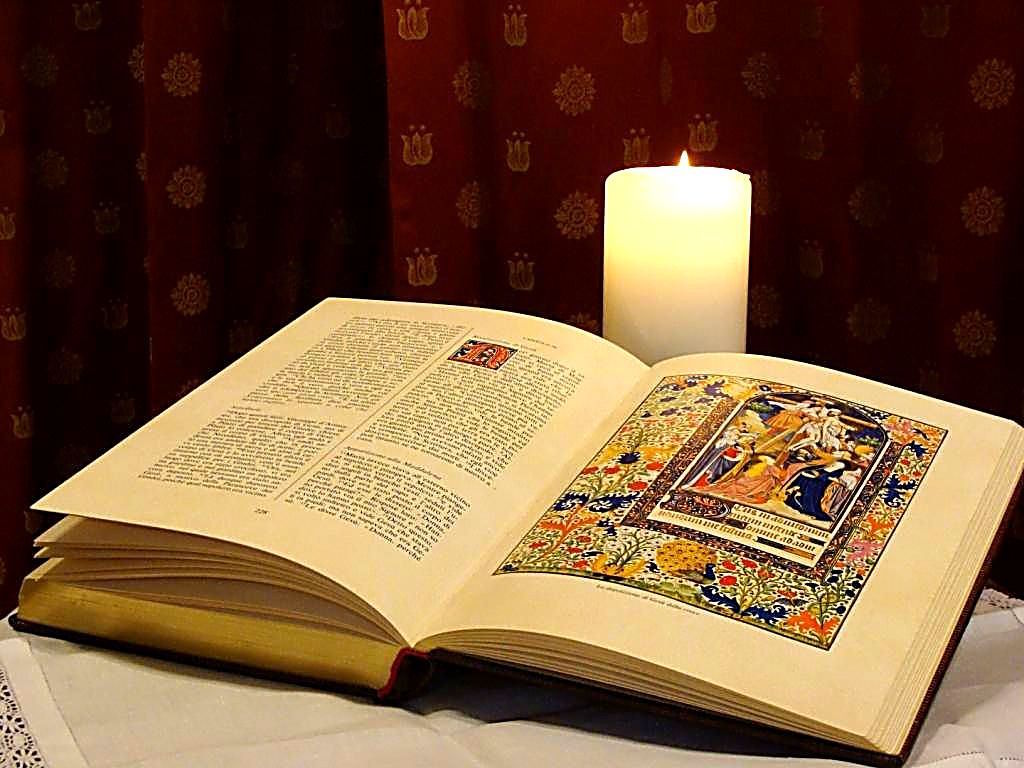
Gospel for Sunday, January 1: Luke 2: 16-21
Mary Most Holy Mother of God
16They went, without delay, and found Mary and Joseph and the baby, lying in the manger.
17And after seeing him, they reported what they had been told about the child. 18All who heard were amazed at the things the shepherds said to them. 19Mary, for her part, kept all these things, pondering them in her heart. 20The shepherds returned, glorifying and praising God for all they had heard and seen, as they had been told. 21When the eight days prescribed for circumcision were completed, he was given the name Jesus, as he had been called by the angel before he was conceived in the womb.Luke 2: 16-21
Dear Sisters and Brothers of the Misericordie, I am Carlo Miglietta, doctor, biblical scholar, layman, husband, father and grandfather (www.buonabibbiaatutti.it).
Also today I share with you a short meditation thought on the Gospel, with special reference to the theme of mercy.
The year begins with Feast of Mary Most Holy Mother of God. However, an effort to arrive at the “true biblical Mary, free from cultural encrustations, disguises and ideological instrumentalization” is indispensable (S. De Fiores).
Theologian Claudia Zanon Gilmozzi affirms, “Would Mary, the ideal Woman, the unattainable model in the perfection of her attributes of Virgin and Mother, stand here, before us women, to tell us that we are ‘nobodies,’ since, by mirroring ourselves in Her, we mirror ourselves in the impossible? I don’t think so. For the sake I love the Mother of Jesus, I invoke the liberation of Mary even before the liberation of women, in the sense that I invoke her truth as a Woman of her time, a symbol of hope because she was humble, homely, simple and marginalized-thanks to the Jewish mentality-but also so different, because she was “full of grace” and because of that Son of hers who was so unique and who had an extraordinarily nonconformist attitude toward women.”
For a liberated and liberating Mariology we must:
“a. Restore Mary to humanity, overcoming the image of “almost not a woman and almost a goddess” (J. O’Connor): this will be done with recourse to the Gospels, which show in Mary a real historical and concrete human person.
b. Relativizing Mary’s biological motherhood, as Jesus does in preaching, to emphasize her faith in God’s word.
c. See in Mary not the image of femininity or the model of womanhood (= she is the model of every believer), but the “autonomous person” who freely responds to God and the radical symbol of a new humanity, the original and eschatological representative of humanity.
d. To restore to the figure of the Virgin the liberating charge of the Magnificat, which in its radical and subversive words preludes the Sermon on the Mount in Luke’s gospel and Jesus’ introductory speech in Luke” (S. De Fiores).
The apostolic exhortation “Marialis cultus” takes note of the difficulty of proposing to the men and women of our time the figure of Mary according to old-fashioned and outdated clichés, which do not take into account “today’s anthropological conceptions” and the “profoundly changed psycho-sociological reality”: “It is observed, in fact, that it is difficult to frame the image of the Virgin, as it results from certain devotional literature, in the living conditions of contemporary society and, in particular, those of women” (MC 34).
The great novelty of “Marialis cultus” is the attention to anthropology, with a view to an effective renewal of Marian piety. Such a concept, while allowing for a disengagement from the obsolete forms produced by the anthropology of a past culture, provokes a confrontation between the contemporary woman, in search of a broad responsible social commitment, and the biblical figure of the Virgin. The “Marialis cultus” affirms that an unsuspected liberating image of Mary will emerge from this confrontation:
“The contemporary woman, desiring to participate with decision-making power in the choices of the community, will contemplate with intimate joy Mary who, assumed into dialogue with God, gives her active and responsible consent not to the solution of a contingent problem, but to that “work of the ages,” as the Incarnation of the Word has been aptly called; she will realize that Mary’s choice of the virginal state, which in God’s plan disposed her to the mystery of the Incarnation, was not an act of closure to any of the values of the married state, but constituted a courageous choice, made to consecrate herself totally to God’s love.
Thus he will note with delighted surprise that Mary of Nazareth, though completely surrendered to the Lord’s will, was far from being a passively submissive woman or a woman of alienating religiosity, but a woman who did not hesitate to proclaim that God is vindicator of the humble and oppressed and overthrows from their thrones the powerful of the world (cf. Lk. 1:51-53); and will recognize in Mary, who excels among the Lord’s humble and poor, a strong woman who experienced poverty and suffering, flight and exile (cf. Mt 2:13-23): situations that cannot escape the attention of those who wish to indulge with an evangelical spirit the liberating energies of man and society; and Mary will not appear to her as a mother jealously bent on her own divine Son, but a woman who by her action fostered the faith of the apostolic community in Christ (cf. Jn. 2:1-12) and whose maternal function expanded, taking on universal dimensions on Calvary” (MC 37).
May we truly feel Mary always close to us, Mother of God and our Mother, an example of following her Son, blessed among women, our Sister and Friend, and who “prays for us sinners now and at the hour of our death.”
Happy Mercy to all!
Anyone who would like to read a more complete exegesis of the text, or some insights, please ask me at migliettacarlo@gmail.com.
